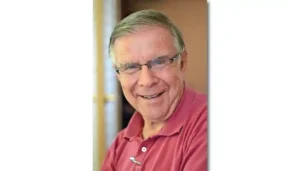
Jon Alan Anderson
Founder and voice of Guam talk radio. Jon Alan Anderson (1942 – 2019) was best known as the host of The Breakfast Show on K-57

Founder and voice of Guam talk radio. Jon Alan Anderson (1942 – 2019) was best known as the host of The Breakfast Show on K-57
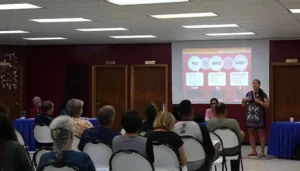
Jump Start Your Art: Marketing, Resources, and Guides. The Guam Council on the Arts and Humanities Agency (CAHA) hosted Jump Start Your Art: Marketing, Resources
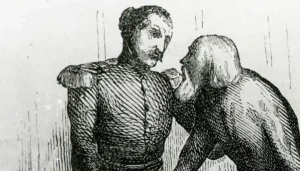
In 1817 Adelbert von Chamisso recorded the CHamoru terms for what he assumed were cardinal directions: Timi (North), Seplun (South), Manuu (East), Faniipan (West). These
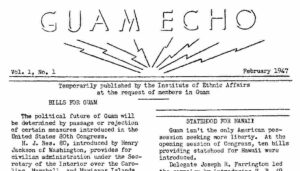
Early Guam newspapers. Two publications that emerged during the US Naval Administration of Guam (1898-1941) were the Guam Eagle and the Guam Echo. The Guam
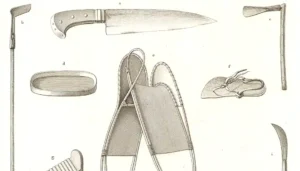
The matao fashioned the iron they acquired from trading with visiting ship crews into traditional tools, including punches, drills, fish hooks and adze blades. The

Between 1565 and 1665, Guam’s southwest coast received sporadic visits from Spanish vessels, including the first wreck of a trade galleon (San Pablo, 1568), as
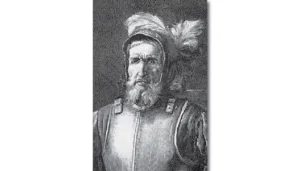
Members of the matao, the highest-ranking strata of Mariana Islands society in the 16th and 17th centuries, carried on the first sustained cultural interaction and
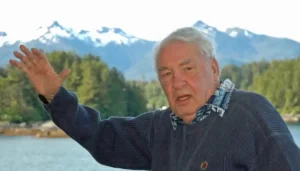
Joseph C. Murphy (1927-2009) was a newspaper columnist and editor best known for “Pipe Dreams,” a column he wrote for more than 50 years.
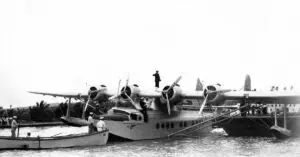
Pan Am Clippers was the name given to the Pan American fleet of airplanes that were used in the first commercial passenger and mail flights

The Age of European Exploration in the Pacific began in 1521 with Ferdinand Magellan’s search for the Spice Islands (now the Moluccas). He was soon